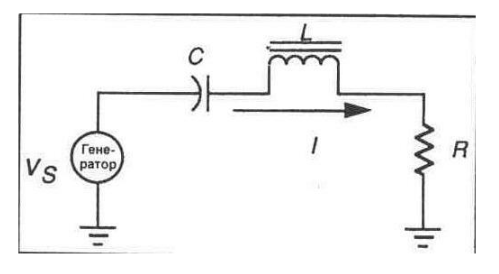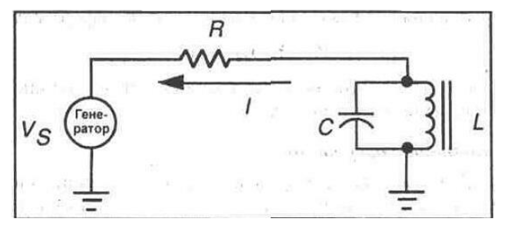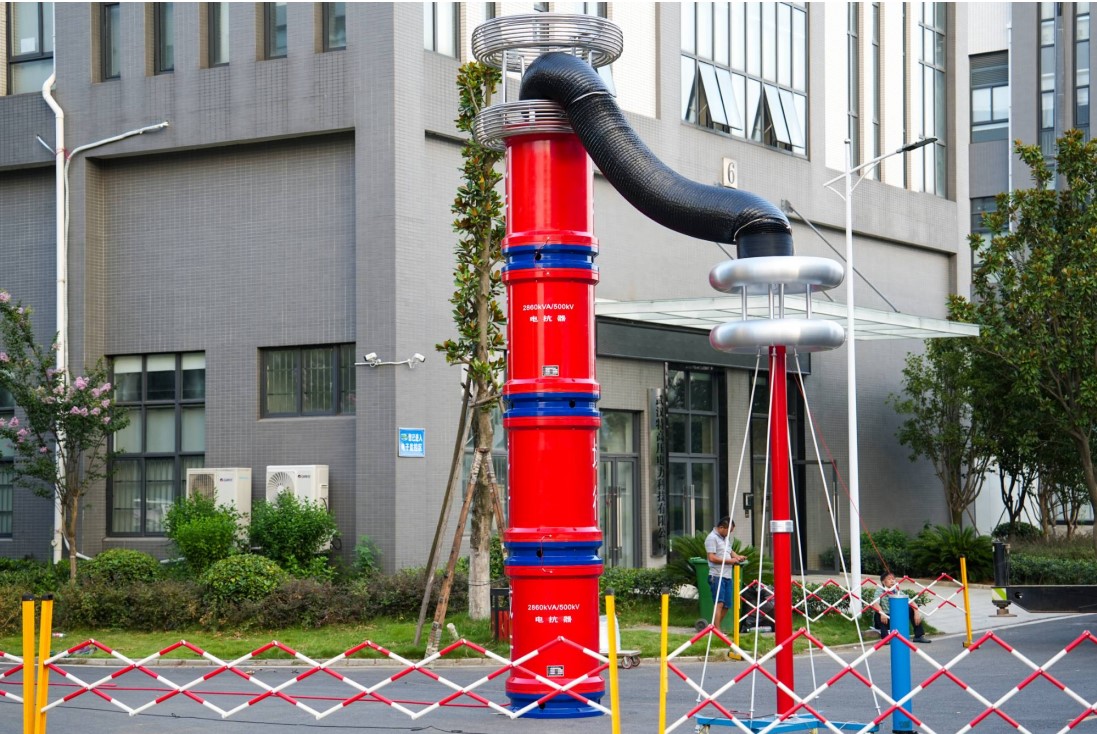Series resonant circuit
The series resonant circuit is shown in the figure. When there is resonance in the circuit, the inductance reactance and capacitance reactance will completely cancel each other out, and only the resistance of the circuit will provide resistance to the current. In this circuit, the impedance is only equal to the value of R plus the DC resistance of the coil. The main characteristic of a series resonant circuit is that its impedance is minimized during resonance. When the frequency is adjusted above or below the resonant frequency, the impedance will increase.
Due to the minimum impedance during resonance in a series resonant circuit, the current in the circuit rises to its peak. When this high current value is multiplied by the inductive and capacitive reactance, it will cause a very high voltage drop across the inductor and capacitor. In fact, the voltage drop between the two ends of the inductor and the capacitor
Under resonance conditions, the power supply voltage is usually significantly higher. These abnormally high voltages during resonance are called resonance surges or resonance surges.

Parallel Resonance
The parallel resonant circuit is shown in the figure. Capacitors and inductors are connected in parallel to each other, and the entire combination is sometimes connected in series with resistors. Due to the complete cancellation of inductive reactance and capacitive reactance during resonance, the circuit exhibits high resistance. In such a circuit, the impedance of a parallel inductor capacitor circuit rises to several thousand ohms during resonance. At frequencies higher or lower than the resonant frequency, impedance decreases.

If measuring the line current in a resistor connected in series with a parallel resonant circuit, it will be found that the current reaches its minimum value under resonant conditions. This is due to the fact that the impedance is at its maximum during resonance, resulting in the formation of the minimum current through the circuit. When the frequency changes to either side of the resonant frequency, the loop impedance will decrease and the line current will increase.




















